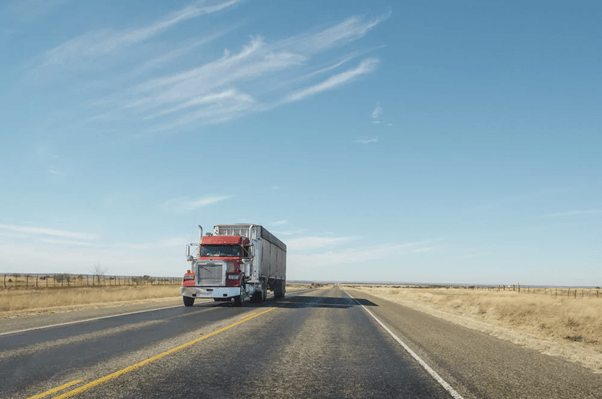Virtual truck steering system mimics rail turning

A ‘virtual rail’ steering system developed by mechatronics and IT researchers at Federation University in collaboration with Australia’s largest semi-trailer maker, MaxiTRANS, is aiming to help create safer roads across Australia, and reduce road wear and tear in urban areas.
The active steering system forces the semi-trailer it is installed on to behave as if it is on rails and will see the rear wheels of a trailer follow the prime mover’s front wheels.
Senior Lecturer in Mechatronics at Federation University, Dr Gayan Kahandawa, believes that the steering system could be a major breakthrough for Australia’s transport industry and that the funding will allow for full-sized and accurate testing of the system to occur.
“For the last few years, we have been working on modelling and software simulations to prove that this system will work. We have deployed small models that show it will work - this grant will allow us to apply the system on a full-size semi-trailer” said Dr Kahandawa.
This will eliminate fundamental issues such as off tracking and corner-cutting in semi-trailers whilst reducing tyre wear.
It will also help drivers control their load more efficiently through the use of a retrofitted system that automatically kicks in when driving at speeds below 40KM/PH, significantly improving the maneuverability of semi-trailers when driven through towns and urban areas to avoid potential collisions.
According to Dr Kahandawa, the control algorithm for the steering system has already been developed and the controller is next to follow.
“We have already developed the control algorithms and now we are going to develop the controller. MaxiTRANS is building the hardware for us - the steerable axle setup has already been built and we’ll be receiving it soon and they will also provide a semi-trailer for the testing” said Dr Kahandawa.
Other active steering systems are already in commercial use globally however, the technology being developed within this project is one that Dr Kahandawa argues is significantly more technologically advanced than any other iterations on the market.
“What we are doing is we are starting from the steering wheel angle - the system is starting much earlier compared to others,” said Dr Kahandawa.
“The path of the prime mover is determined by the steering wheel angle and it takes time for that to be reflected in the hitch angle”.
“Our system will have a faster response time compared to existing systems”.
Another benefit to the technology will allow freight companies to use larger Super B-double semi-trailer on their interstate routes.
“These are trucks that would normally avoid metropolitan roads, so using these would reduce the number of trips and minimise double handling in distribution centres,” said Dr Kahandawa.
The research team is currently waiting for the equipment to be delivered however are hopeful that a year of consistent lab testing can start in 2021 with a year of real-world testing soon to follow in 2022.
“There are many transport companies that this would be appealing to,” said Dr Kahandawa.
The research project was funded after receiving $193,000 as part of a Road Safety Innovation Fund grant and will soon begin testing.










